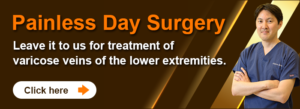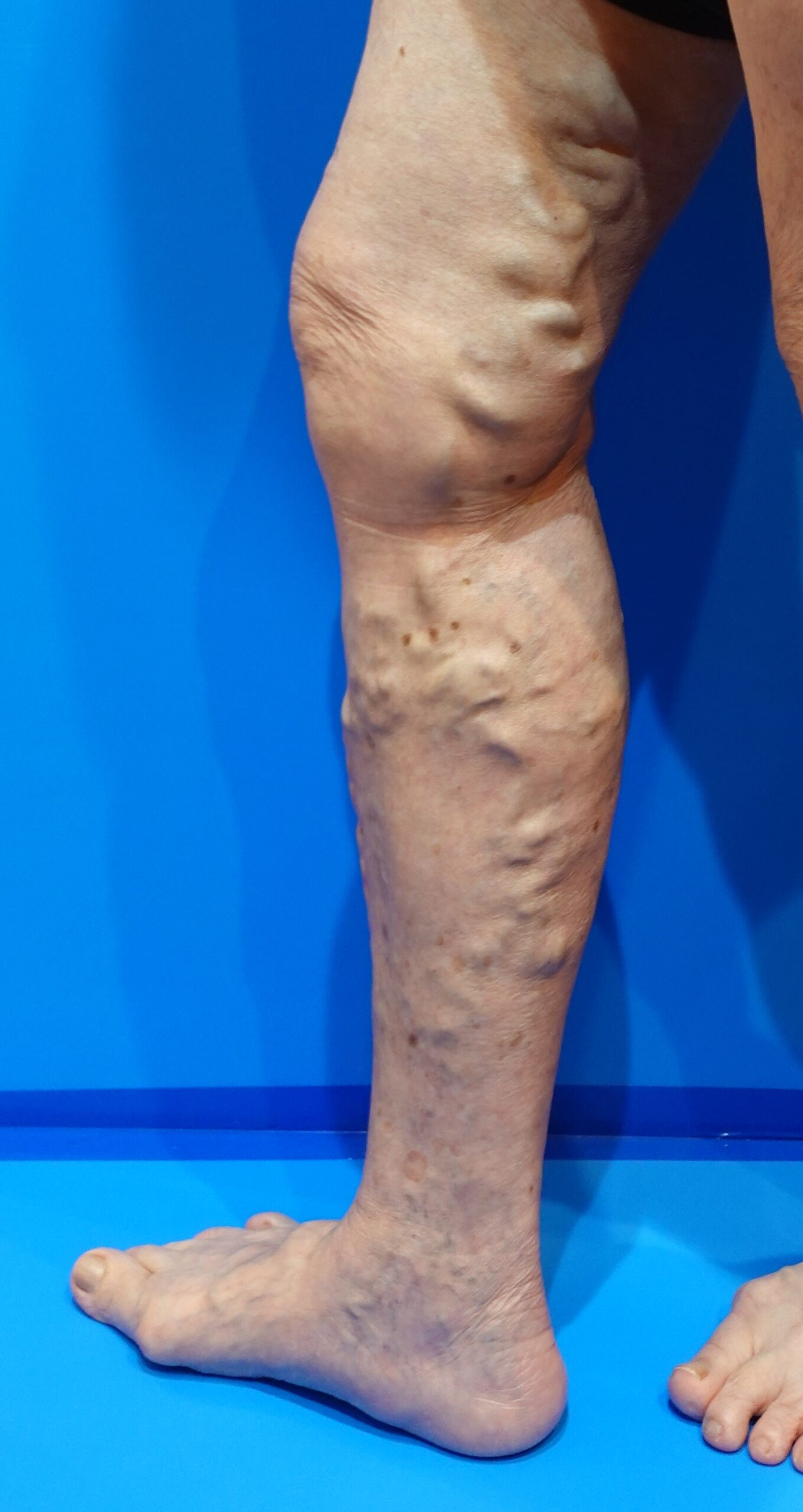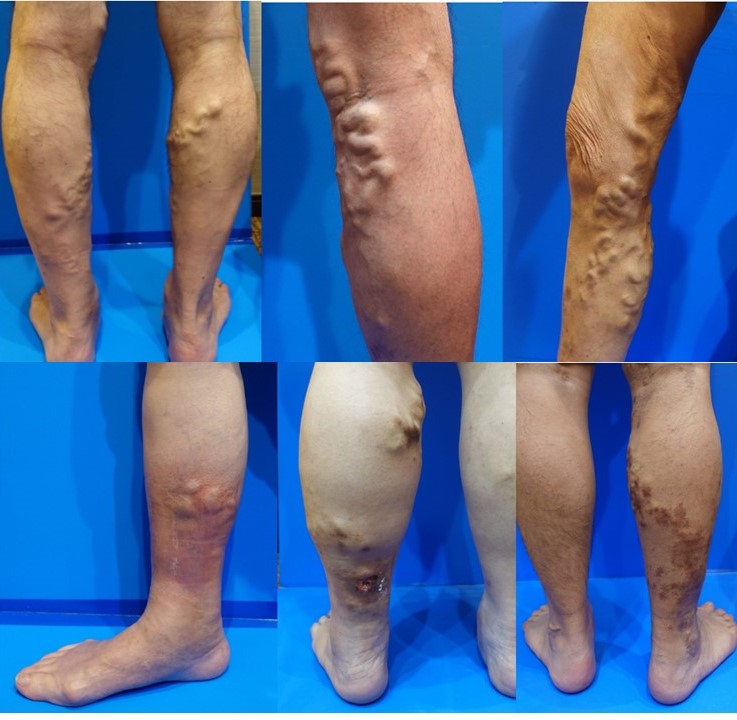Introduction
Varicose veins in the lower limbs are a common vascular abnormality. It is crucial to recognize the early symptoms and detect the condition early. This article provides a detailed explanation of the early symptoms of varicose veins, the often-overlooked signs, and the importance of early detection.
Early Symptoms of Varicose Veins in the Lower Limbs
The early symptoms of varicose veins are often overlooked because they resemble other common leg issues. The main early symptoms include the following:
1. Leg Fatigue
People with varicose veins often feel leg fatigue due to standing or sitting for long periods, which causes blood to reflux and put pressure on the veins, increasing fatigue. The heaviness and fatigue are particularly strong in the evenings or at night, mainly affecting the calves and lower legs.
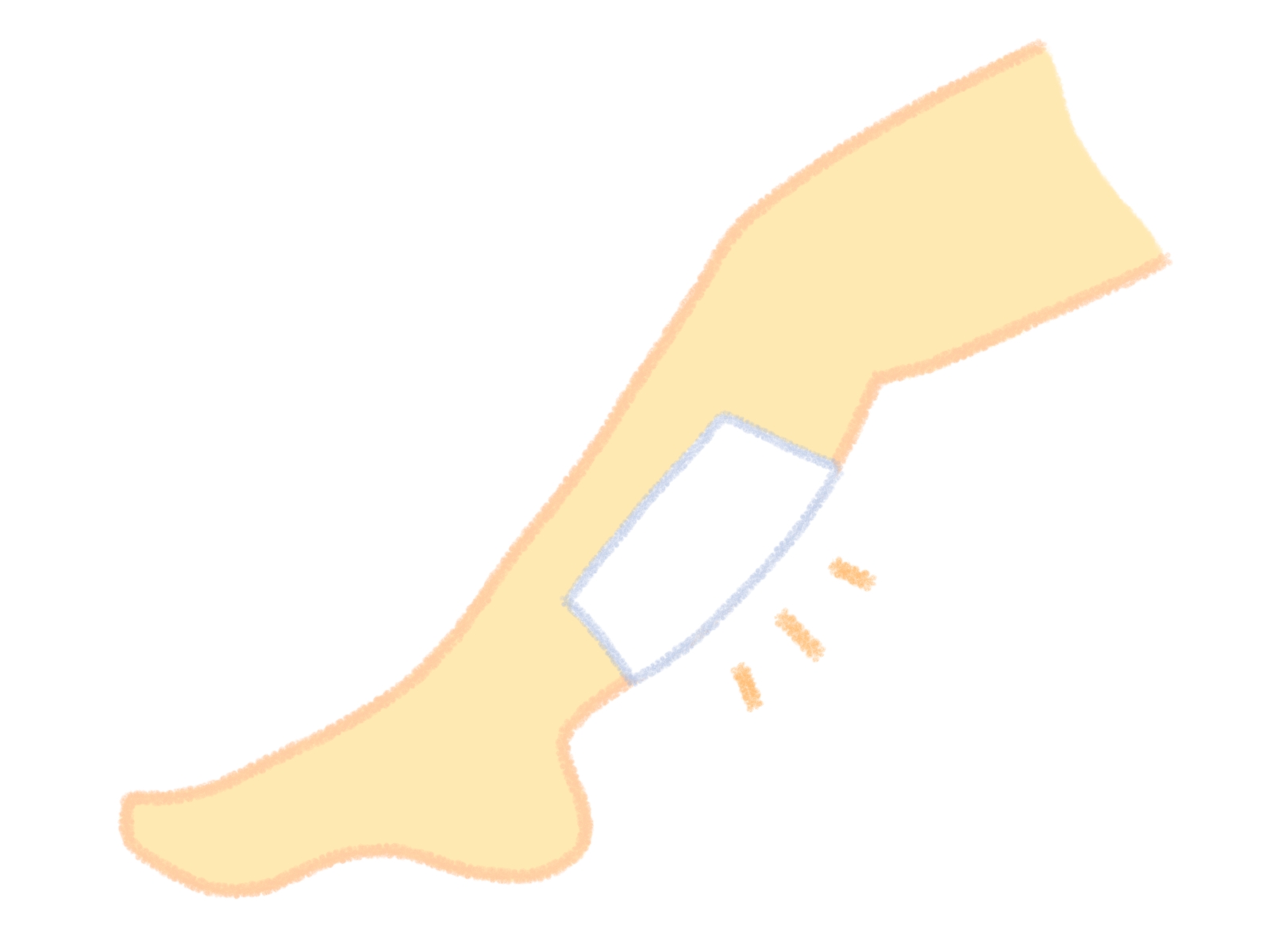
2. Leg Swelling
Those who experience leg swelling due to varicose veins often have blood pooling in the veins, especially if they stand or sit for long periods. Swelling becomes more pronounced in the evening or at night, usually accompanied by a feeling of heaviness. Swelling can temporarily reduce with rest or by elevating the legs.
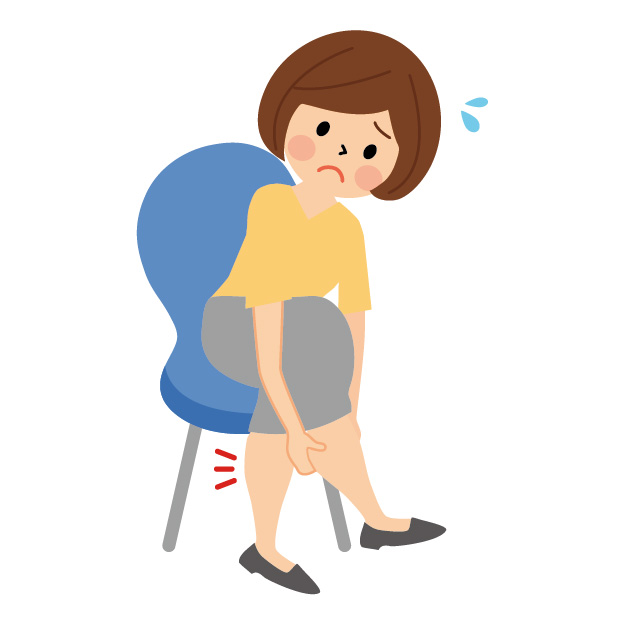
3. Prominent Leg Veins
People with varicose veins will notice their leg veins becoming more prominent as the vein valves weaken and blood pools, causing twisted, blue veins to appear.
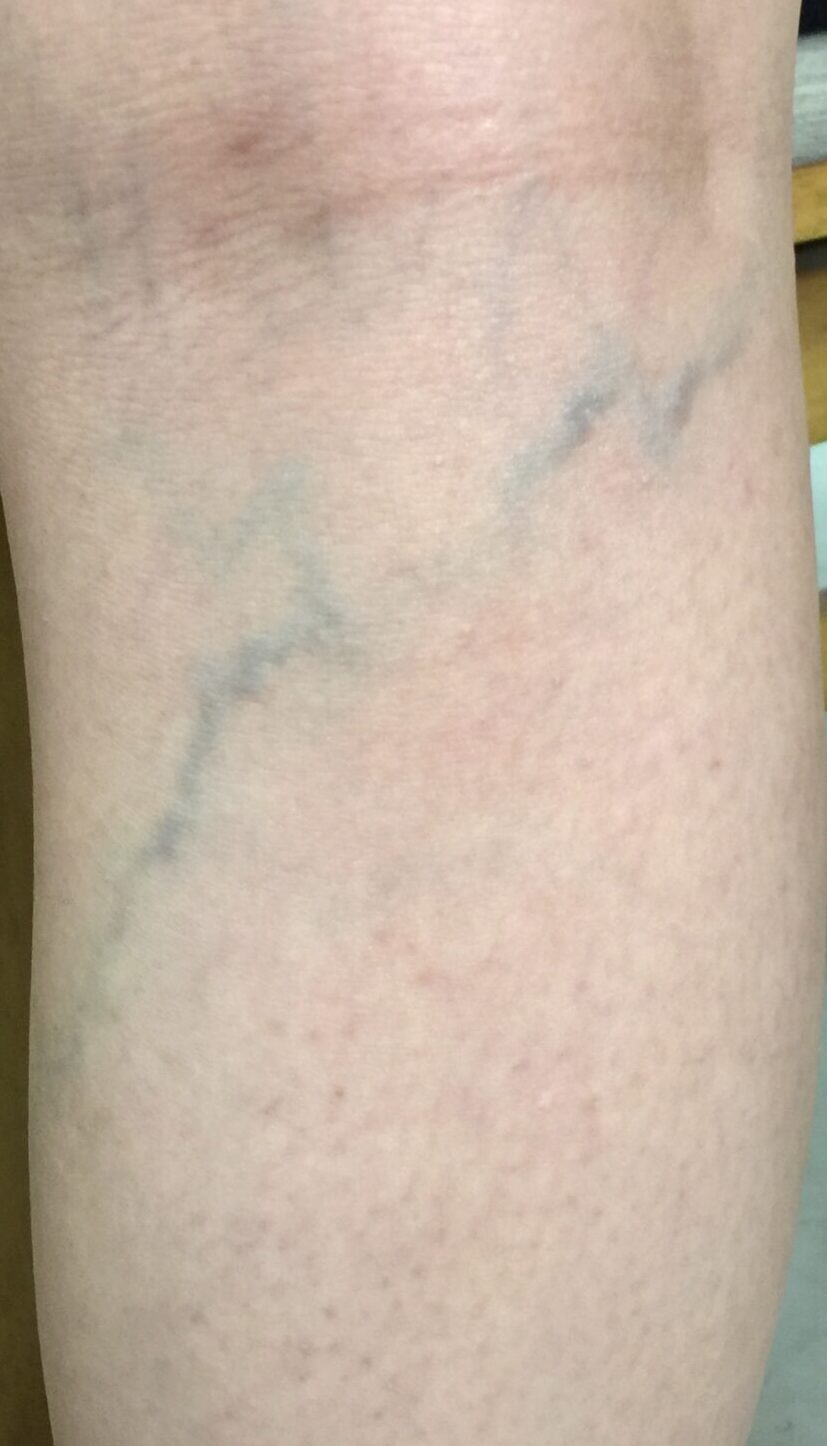
Overlooked Signs
Due to the mildness of early symptoms, many signs are often overlooked. Pay special attention to the following signs:
1. Restless Legs
People with varicose veins often experience restless legs, especially those who stand for long periods or lead a sedentary lifestyle. The sensation is caused by blood reflux and pressure in the veins, worsening at night or during rest, often accompanied by swelling and heaviness.
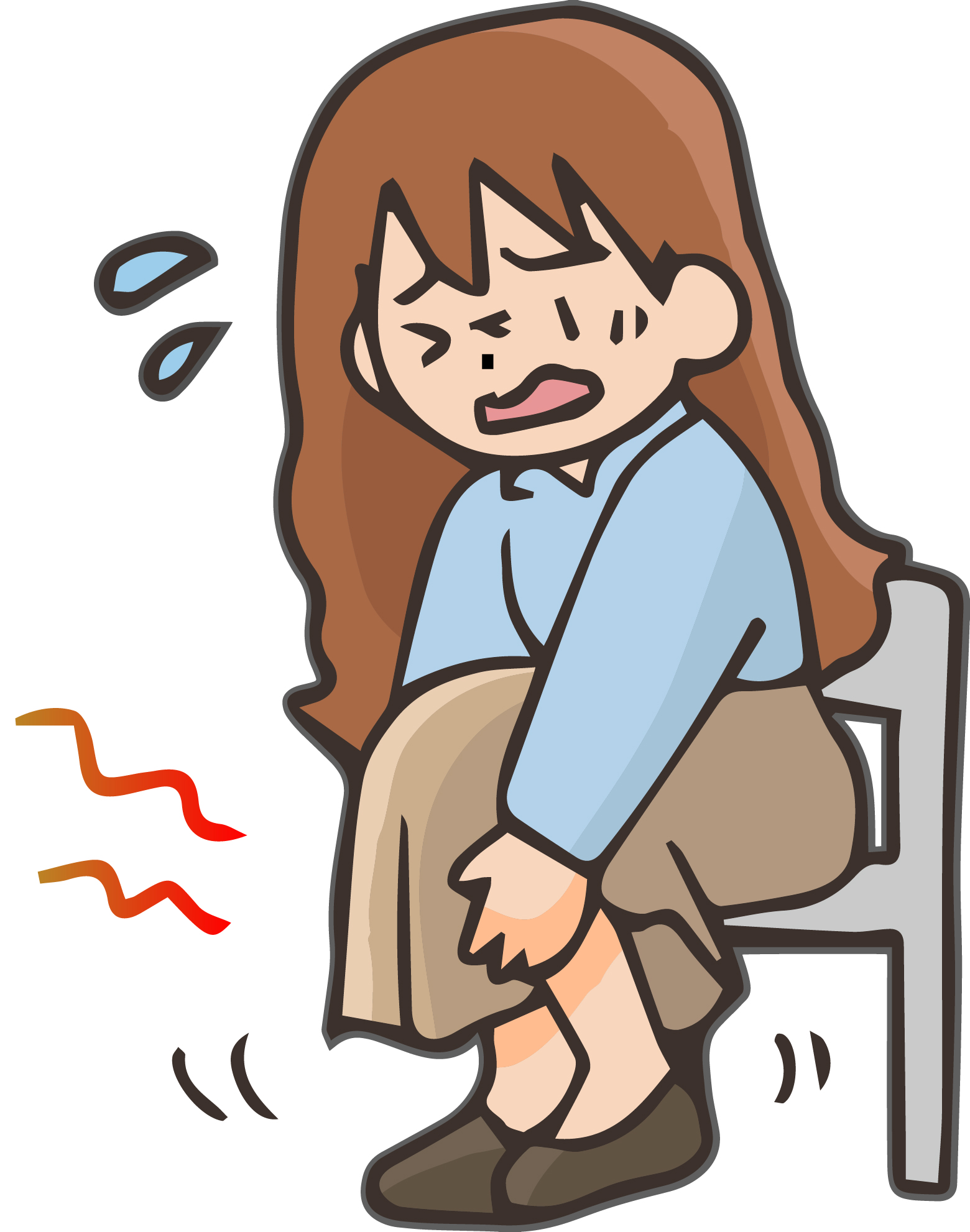
2. Warm Sensation in the Legs
Those who feel a warm sensation in their legs due to varicose veins experience this because blood reflux causes blood to pool in the leg skin, trapping heat. Some people describe it as feeling warm blood flowing downward.
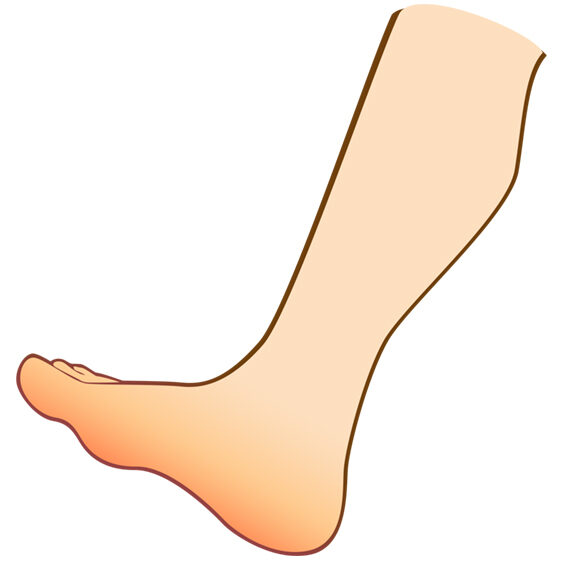
3. Nighttime Leg Cramps
People with varicose veins often experience leg cramps due to blood reflux and stagnation, leading to insufficient oxygen supply to the muscles. Cramps occur especially at night while sleeping or in the morning when stretching. Nighttime leg cramps are a key early symptom of varicose veins that should not be overlooked.

The Importance of Early Detection
Recognizing and detecting the early symptoms of varicose veins is crucial for early problem resolution and preventing worsening. The benefits of early detection include the following:
1. Simple and Effective Treatment
Early detection of varicose veins allows for relatively simple treatments such as compression therapy or lifestyle improvements to alleviate symptoms effectively.
2. Prevention of Complications
As varicose veins progress, the risk of complications such as stasis dermatitis, skin ulcers, and thrombophlebitis increases. Early detection can reduce these risks.
3. Improved Quality of Life
Addressing symptoms before they progress can reduce discomfort and pain in the legs, improving the quality of daily life.
Conclusion
It is essential to recognize and detect the early symptoms of varicose veins. If you notice symptoms such as leg fatigue, swelling, pain, or itching, it is recommended to consult a specialist. Early intervention allows for simpler and more effective treatment and helps prevent complications.


